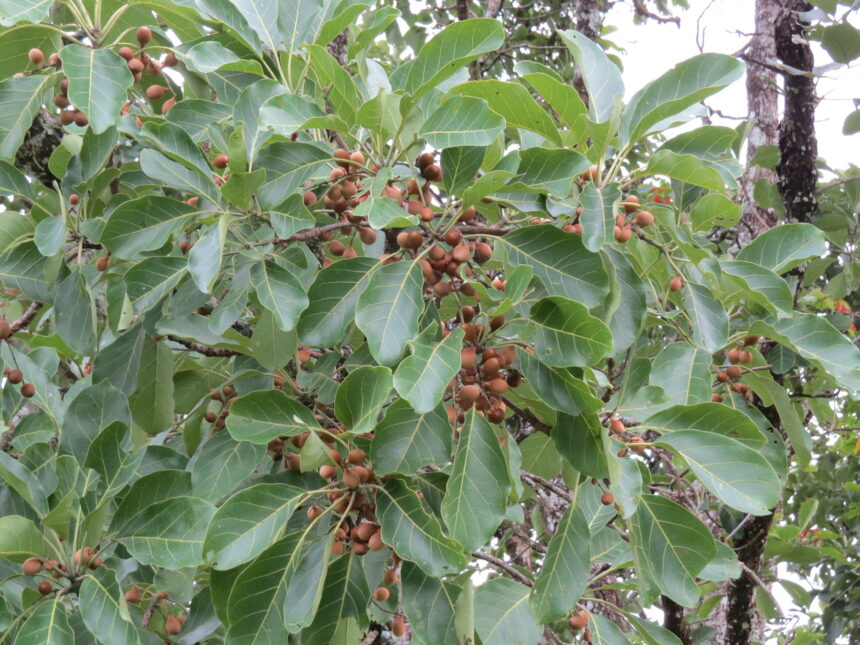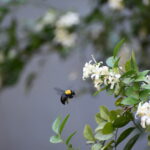Terminalia bellirica is a large deciduous tree which is additionally referred to as baheda, bahera, behada, beleric, bastard myrobalan and Bibhitaki. It is commonly found in plains and lower hills in south and southeast asia. It falls under the family combretaceae, often called the white mangrove family and genus terminalia.
The 10 -20 mm thick bark has blackish-grey, smooth, vertically shallowly fissured surface with small exfoliations. It is an angiosperm. Its flowers are greenish yellow which arise in spikes in leaf axils, and measure about 5-15 cm long. These flowers appear in the month of May. The leaves of this tree are about 15 cm long and crowded towards the ends of the branches.It is considered a good fodder for cattle.
Its seeds have 40% oil content and it is used for processing biodiesel in foreign countries. It is considered as an ayurvedic medicine and used from ancient times.
In Rig-Veda we come upon this herb as ‘Vibhitaka’, its branches are dried and used for Yajna.
It’s Uses
Terminalia bellerica features a wide range of benefits. It is used to protect the liver and to treat respiratory conditions, which incorporates respiratory tract infections, cough, sore throat and other inflammatory diseases.








